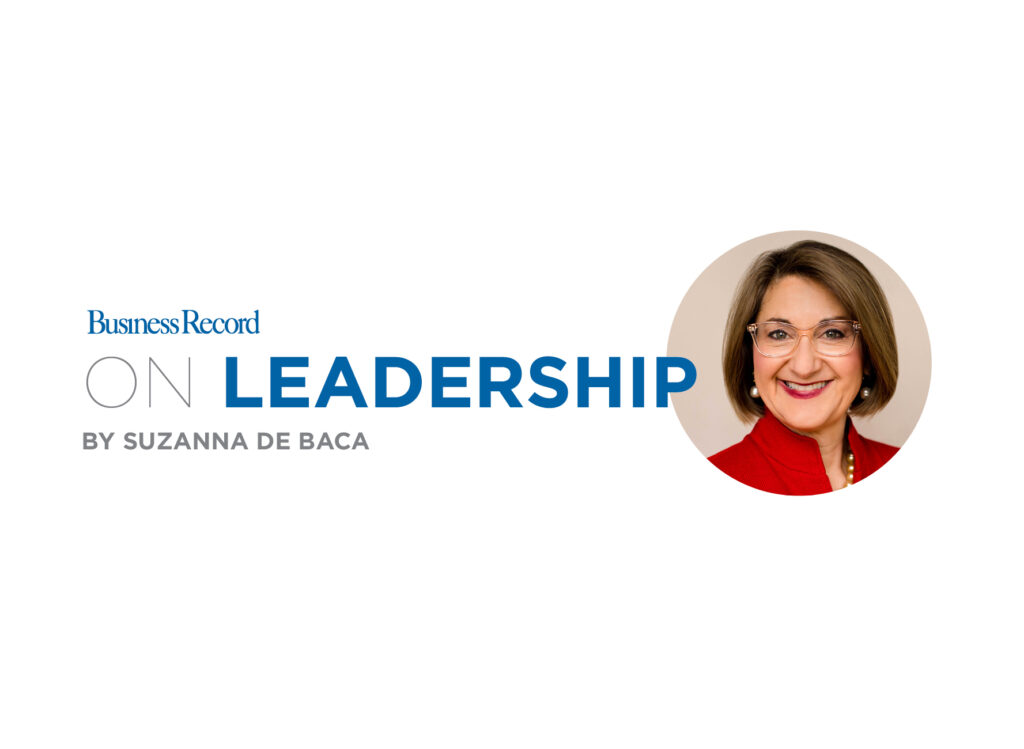OUR VIEW: Best plan for budget was shelved

Short-term solutions are no way to handle problems, Thomas Hoenig told a Des Moines audience last week. Hoenig is the retiring president of the Federal Reserve Bank of Kansas City and a 20-year veteran of the Federal Open Market Committee, and became known as a predictable “no” vote in a time of bailouts and monetary stimulus schemes.
On the day when the federal government ended its second round of “quantitative easing,” Hoenig acknowledged that the economy is headed in the right direction. But that’s not enough to turn him into a cheerleader for the policies we have pursued.
“My concern is that there are negative consequences,” he told a joint luncheon of the Des Moines Rotary Club and the Greater Des Moines Partnership. And as he watches Congress struggle with the question of whether to raise the debt ceiling, he sees more short-term thinking on display.
We would “suffer greatly” if we defaulted on our national debt, Hoenig said, but raising the limit just creates more time to talk without steering us to a solution.
The only logical step, in his view, is to pull the Bowles-Simpson report off the shelf and start with its recommendations on how to reshape our budget. The National Commission on Fiscal Responsibility and Reform, co-chaired by Erskine Bowles and Alan Simpson, issued its report last December, filled with recommendations on how to reduce the budget deficit.
However, “we set it aside and decided to engage in brinkmanship,” Hoenig said. He sees the report as the logical starting point if we want to repair the system and avoid a greater disaster.
Hoenig said we can find real-world examples to follow in places such as Germany, which was in a situation like ours a decade ago. “They’re now running a surplus, and their savings rate is double ours,” Hoenig said.
His plea for a serious look at Bowles-Simpson sounds like good advice.






